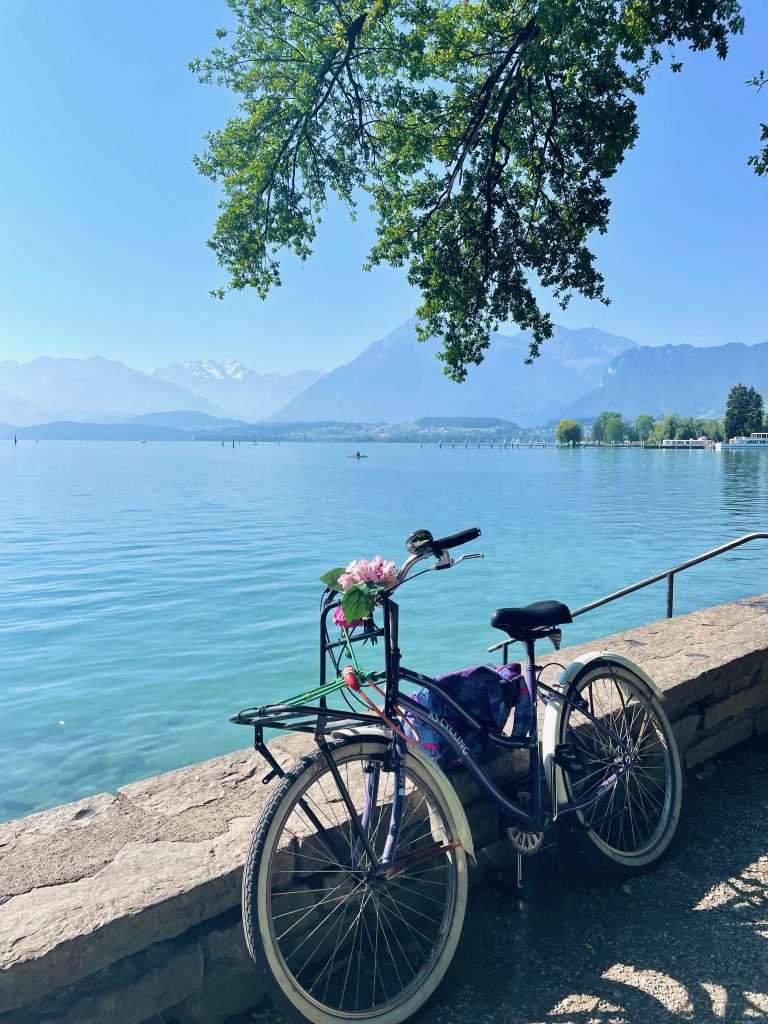I recently participated in The Classical Syllabus – a continued education training course for teachers. The group included a couple of graceful ballet dancers with legs up to my chin, Tracey with a titanium leg, Sara with scoliosis, and us average movers. There was a mix from newly qualified teachers to those with years of experience. Even in this group we could see how Pilates can benefit everyone, correctly strengthening wherever their body needed it.
Classical Routine
Classical Pilates had somewhere gained a reputation as uniform and rigid to the classical set of exercises, but after spending over an hour on the footwork series (the first reformer exercise) we learnt what to observe and how to amend the positions so that each individual body could strengthen the best for them. A slight tweak here or there to completely change the feeling of the movement, which could be different for everyone. Our bodies are amazingly individual. There are so many options within the classical system, no two classes feel the same. We know repetition is key to improvement, and by following a structured routine, you are able to learn more about your body each time you workout. The method works.
Progressive Pilates
The classical set routine is there to help both the teacher and the student. The teacher can observe what is needed in the body in front of them on that day, they can work through the routine and then add on specific corrective exercises to add balance. The student can learn the routine repeating the same positions. Each time, feeling, mastering and improving the movements. Once the body is strengthened or balanced, the teacher may adjust the same exercises to a new position to strengthen a different area, or teach a new, more advanced exercise. Pilates is always progressive.
Why this course?
There must be something magical to the original Pilates (or Contrology) for it to have lasted 100 years and still be so beneficial. I wanted to learn from the experience of a 2nd Generation teacher. One who had themselves been taught by an original student of Joe Pilates. Someone who has strengthened thousands of bodies using this method. It did not disappoint.
Flow
We were able to observe a full one-to-one lesson starting with the base routine on the reformer which showed the teacher which exercises could be most useful. The whole session was very physical. Moving from one exercise to the next with out breaking the flow of concentration, or the physiological flow. Moving in this way will keep the body warm and ready to change, ready to push the active range of motion a little wider. It’s all an effort, there was only a short breather as they switched from one exercise to the next. There was no time for talking. Just a quick exchange of feedback before breath and full mind/body concentration were required again. It has made me rethink the benefits of daily 10 minute workouts. Yes they are good to keep people active, and I wouldn’t discourage them, but what I saw was a full 1 hour body workout that I believe would allow so much more change than 6 x 10 minutes.
Switzerland
A similar UK course would be in London, but the cost was less for me to travel and stay in Switzerland. And Switzerland was beautiful! I stayed in a century old house in the older part of Thun (pronounced Toon), where my friendly host lent me her bicycle. She gave me directions to the swimming lake and information about local events, including free daily music concerts. I had the best week! Here are a few photos.
What a Fun Week
My little Italian friend and I would cycle back from the day in the studio, to hop over the bridge and jump in The Aare for a cool off. The Aare is a 183 mile long fast-flowing river, that runs through Thun town centre. Many people would be swimming down and then stroll back along the river edge to go again. Amazingly, it was cleaner than a lot of swimming pools. Imagine doing that in the Thames!
The Classical Syllabus: www.mejowiggin.com
I was recommended Monzo for travelling abroad. It was the easiest way to spend and save.

